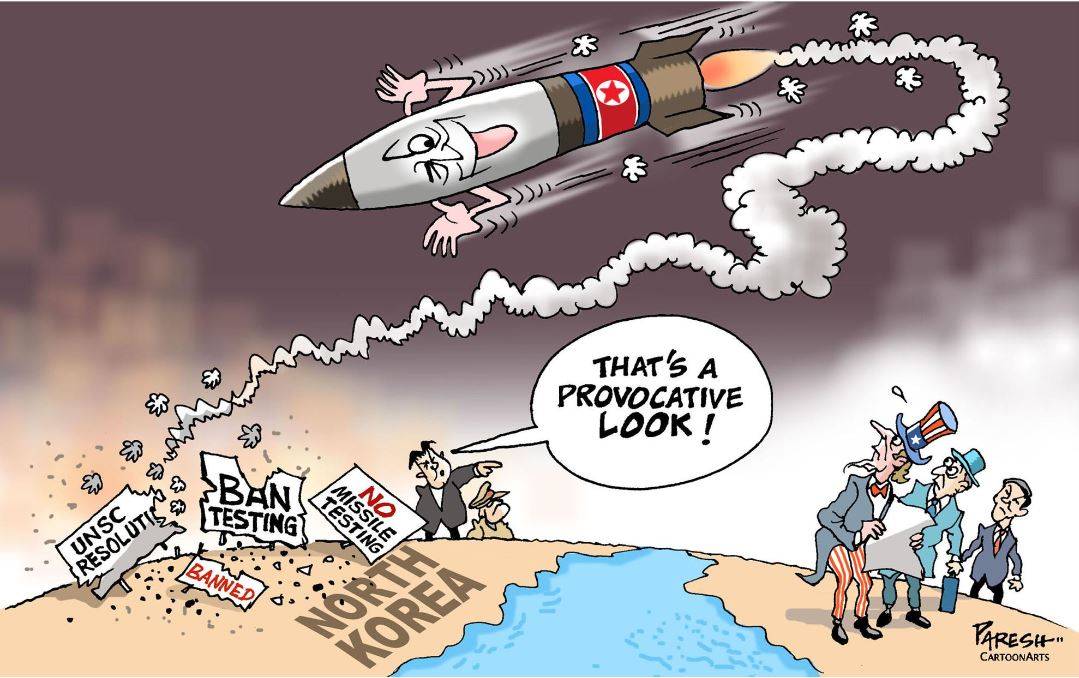Missiles are everywhere. Increasingly accurate technology combined with a plummeting cost curve have made missiles the weapon of choice for defense ministries around the world. Historically, however, missiles have been an afterthought when governments weigh arms control options. That indifference must end: It is time for a real push to rein in the spread of such weapons, especially in Asia.
In a 2020 report, the U.S. Defense Intelligence Ballistic Missile Analysis Committee bluntly explained the logic behind missile proliferation: They’re viewed “as cost-effective weapons and symbols of national power.” The technology has become so cheap that it’s hard to find a defense establishment that doesn’t have its own inventory and the number of countries building indigenous production capabilities is expanding as well. Ominously, arsenals aren’t just growing but missiles themselves are becoming more capable — faster, more mobile, survivable, reliable, and accurate while traveling ever longer distances.
Considerable attention is paid to North Korea’s growing arsenal and its modernization efforts –Japan is threatened by a widening array of missiles and the U.S. homeland can now be hit, too — as well as that of China. The CSIS Missile Defense Project credits China with “the most active and diverse missile development program in the world.” Worryingly, its researchers conclude that Beijing’s missile modernization efforts “degrade the survivability of foundational elements of American power projection like the aircraft carrier and forward air bases.”

















With your current subscription plan you can comment on stories. However, before writing your first comment, please create a display name in the Profile section of your subscriber account page.